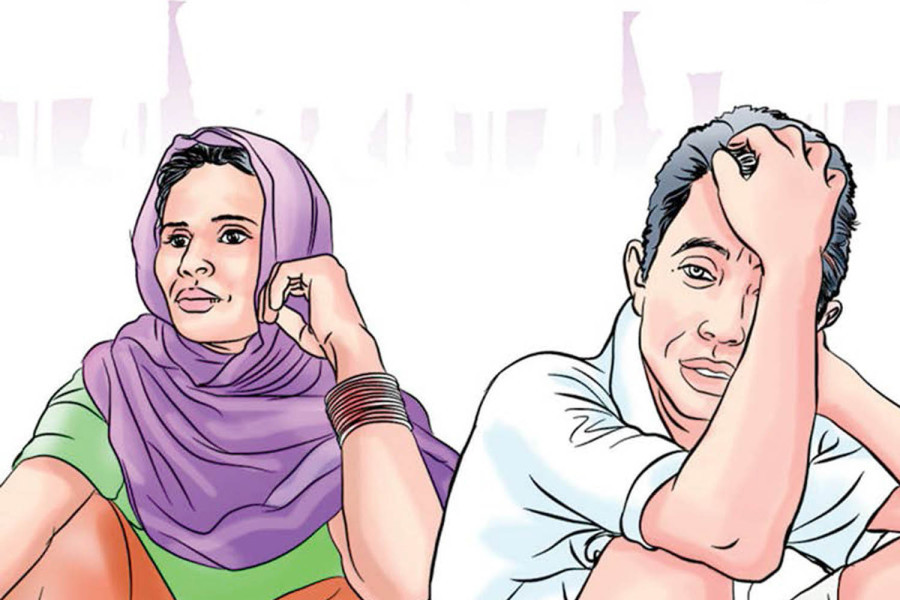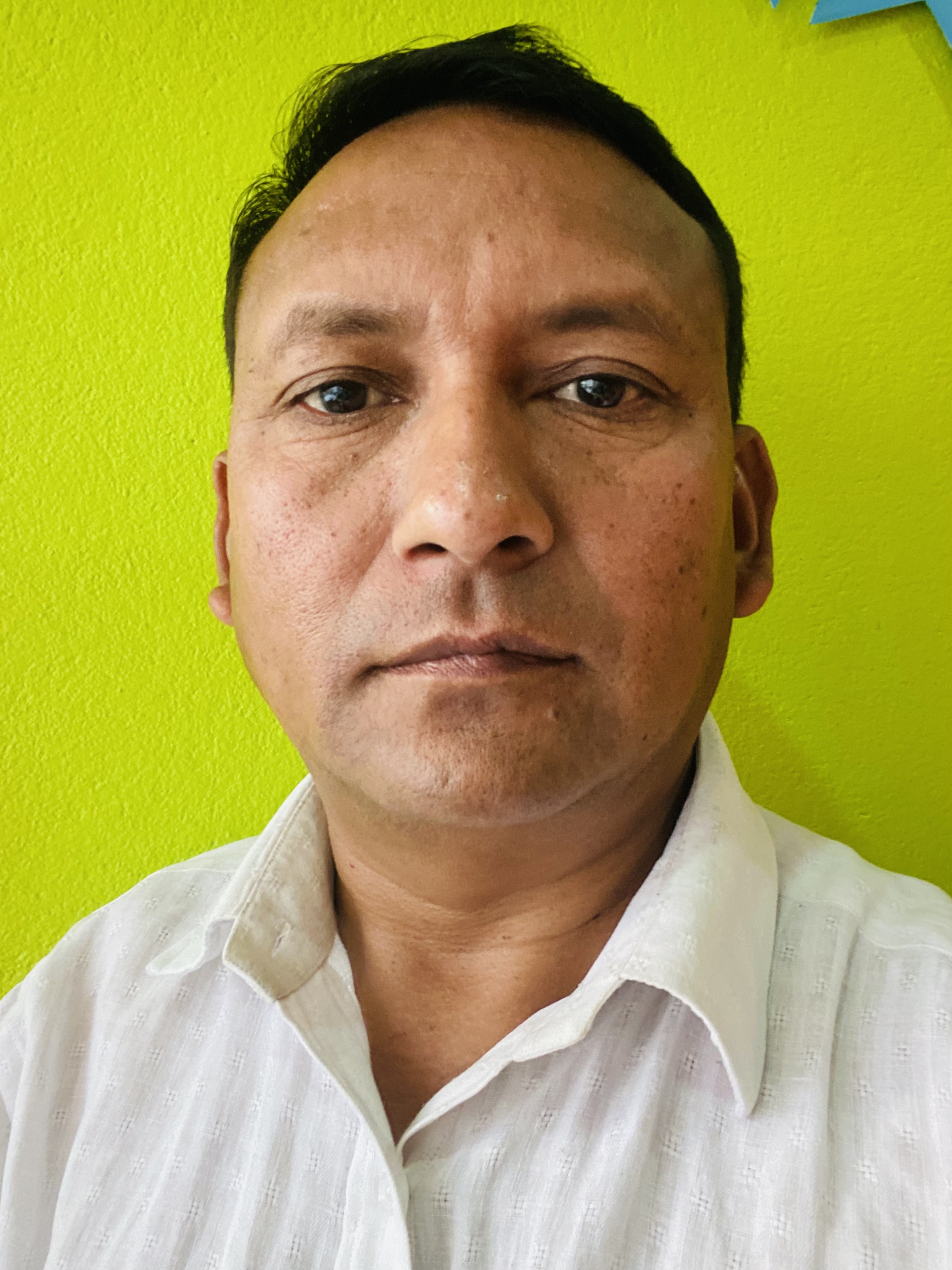Columns
Dalit repression by ethnic groups
Ethnic leaders excluded Dalits from their movements and didn’t talk about ending untouchability.
Mitra Pariyar
The Gurung villagers, including some women, assaulted a Dalit man and his mother at their home in the Gurkha village of Lwang, Machhapuchhre Rural Municipality, Kaski, on Friday night. They also broke windows and shouted casteist slurs as well as demeaning remarks. The Dalit victims survived the unprovoked attack, but the single mother required treatment in intensive care at a hospital in Pokhara. Someone bravely took a video of the brutality on their mobile and uploaded it to a YouTube channel. That’s how the terrible crime came to public notice.
I learnt from both the video reporting and community members that the local police have refused to register the case as an attempted murder motivated by caste hatred. The local authorities have bent on protecting the accused, their caste fellows, from legal action. This case shows how Dalits continue to suffer mental and physical violence at the hands of ethnic or tribal groups as well.
Upper castes are generally blamed for committing crimes against Dalits, but it is not exclusive to them. I suggest that the incident can also be a window into the rather perplexing question of why ethnic groups like the Gurung, Magar, Rai and Limbu continue to segregate and dominate Dalits, even though their movements have vociferously denounced caste hierarchy and distanced themselves from Hindu customs and cultures for decades.
Criminals of history
In a recent Kathmandu gathering hosted by the newly established “Front for Identity” (opened two months ago under the leadership of Mahendra Lawoti, professor of political science at Western Michigan University, USA), Gopal Kirati, veteran leader of ethnic communities and former minister from the Maoist party, made an interesting self-reflexive remark. He said, “I’m a criminal of history. Growing up, I learnt nothing from this society and culture except how to treat Dalits worse than animals.”
I wish more ethnic leaders and activists came forward like Kirati and acknowledged their and their communities’ ill-treatment of those considered lower or less pure than themselves. The fact that they continue to humiliate and attack Dalits even now should deeply concern them. It’s also time they realised their grave mistake of excluding Dalits from their movements, which peaked in the late 1990s and included them in their fight against Brahmanism. Dalits themselves recognise many differences between their issues and those of ethnic minorities; however, in reality, there are many overlaps.
For one thing, in the eyes of the so-called high-caste Hindu, even ethnic minorities are low-caste Shudra; they, too, are denied the sacred thread and treated as untouchable. Upper castes, mainly orthodox Hindus, don’t accept rice prepared by members of ethnic communities. High castes wouldn’t normally marry ethnic minorities, and even if they did, the latter would face certain restrictions, mainly in the religious and spiritual sphere. An ethnic woman married to an upper caste may be barred from worshipping the lineage deities, for example.
Not to mention, thanks to the extensive Hinduisation of ethnic groups over the years, there’s a degree of caste hierarchy practised within and amongst those communities as well. The Gurung wouldn’t marry a Tamang, for example, as the latter has been placed only slightly above the Dalit on the scale of ritual pollution.
If the ethnic activists had brought Dalits on board—or at least forged a strong alliance with them—their movements would have become larger and stronger. In the meantime, their populace would probably have been educated about the fallacy and inhumanity associated with the Dalit exclusion. Members of ethnic communities would have learnt that the rejection of caste hierarchy also implies the termination of ritual hierarchy altogether. Thus, the behaviour of these ethnic groups towards Dalits would have hopefully changed quite drastically by now.
Ethnic leaders and activists not only excluded Dalits from their movements but also didn’t talk about ending untouchability. They were keen on toppling the Bahun hegemony and separating and suppressing the Dalits. This has been a big failure of ethnic and indigenous identity politics so far. Proponents of ethnic identity should now see this drawback, as Gopal Kiranti seems to have done, and try to bring Dalits along with them. The Front for Identity, led by Prof Lawoti, appears keen to move in this direction.
Identity: Horizontal versus vertical
In a highly caste-ridden society like ours, the issues of collective identity and individual freedom seem conflicting. Ethnic politics does reify and solidify group boundaries. Ethnic groups are eager to highlight and bolster those inter-group boundaries, whereas Dalits want to dissolve those boundaries once and for all. How do we conceptually overcome this apparent mismatch?
Notably, ethnic groups are horizontally arranged—long-term Hinduisation and caste-ification notwithstanding. They are culturally separate but, by and large, equal in status hierarchy. There’s much equality in how these groups interact with each other. Ethnic activists are keen to preserve and promote this horizontal separation.
This doesn’t necessarily hurt Dalits’ quest for equality because they want to dismantle the vertical hierarchy and arrange themselves horizontally. They don’t want the statuses to be conceived as big and small, high and low, top and bottom, pure and impure. This explains why many Dalits hate the caste system while loving their caste identities. Dalit caste associations aren’t as big and influential as ethnic associations, yet they have been an important part of the Dalit movement for decades.
Once people understand the difference between these two sets of identities arranged horizontally and vertically, the ethnic and Dalit movements can coalesce. This way, ethnic and Dalit campaigners can find common ground and struggle together. This should be the new way forward to accelerate societal change.
The recent case of caste violence sheds light on the fact that caste discrimination is rampant within ethnic minority communities, too. They may resent the Hindu social hierarchy in terms of Bahun supremacy, but they are eager to continue suppressing Dalits. My past research and experience show that ethnic communities have played a big role in dominating Dalits, sometimes worse than upper castes!
Things should change now, and activists from the new generation must be the active agents of that important change. If you really want to shake the social structure, don’t just fix the ones above you. Consider the plight of those below you. It’s basically the same principle and practice. If you want to challenge Brahmanic supremacy, get rid of your own supremacy as well. Charity begins at home, and so does change!




 13.25°C Kathmandu
13.25°C Kathmandu















